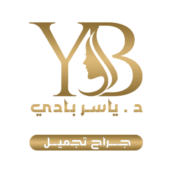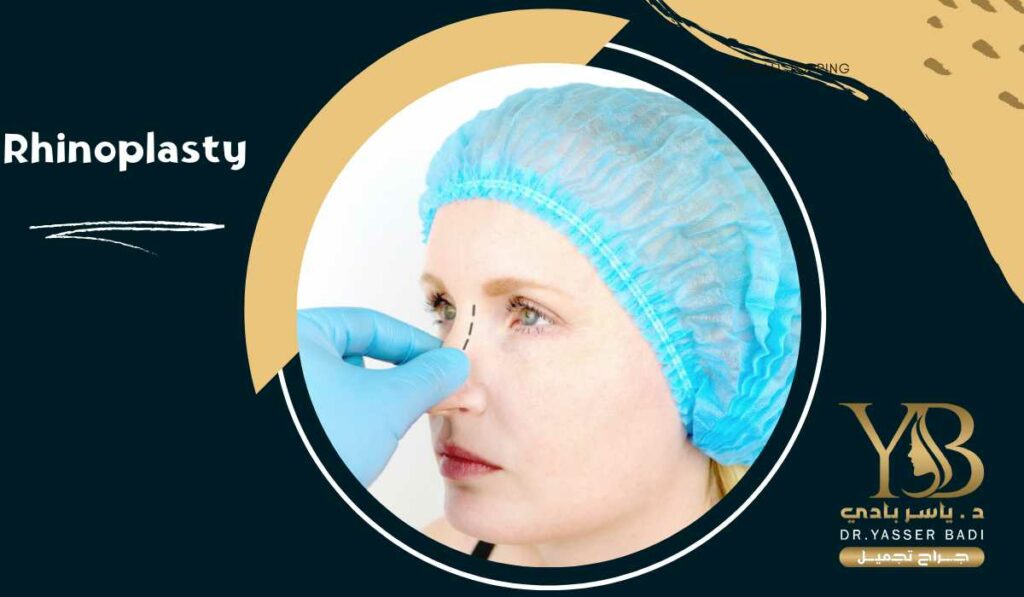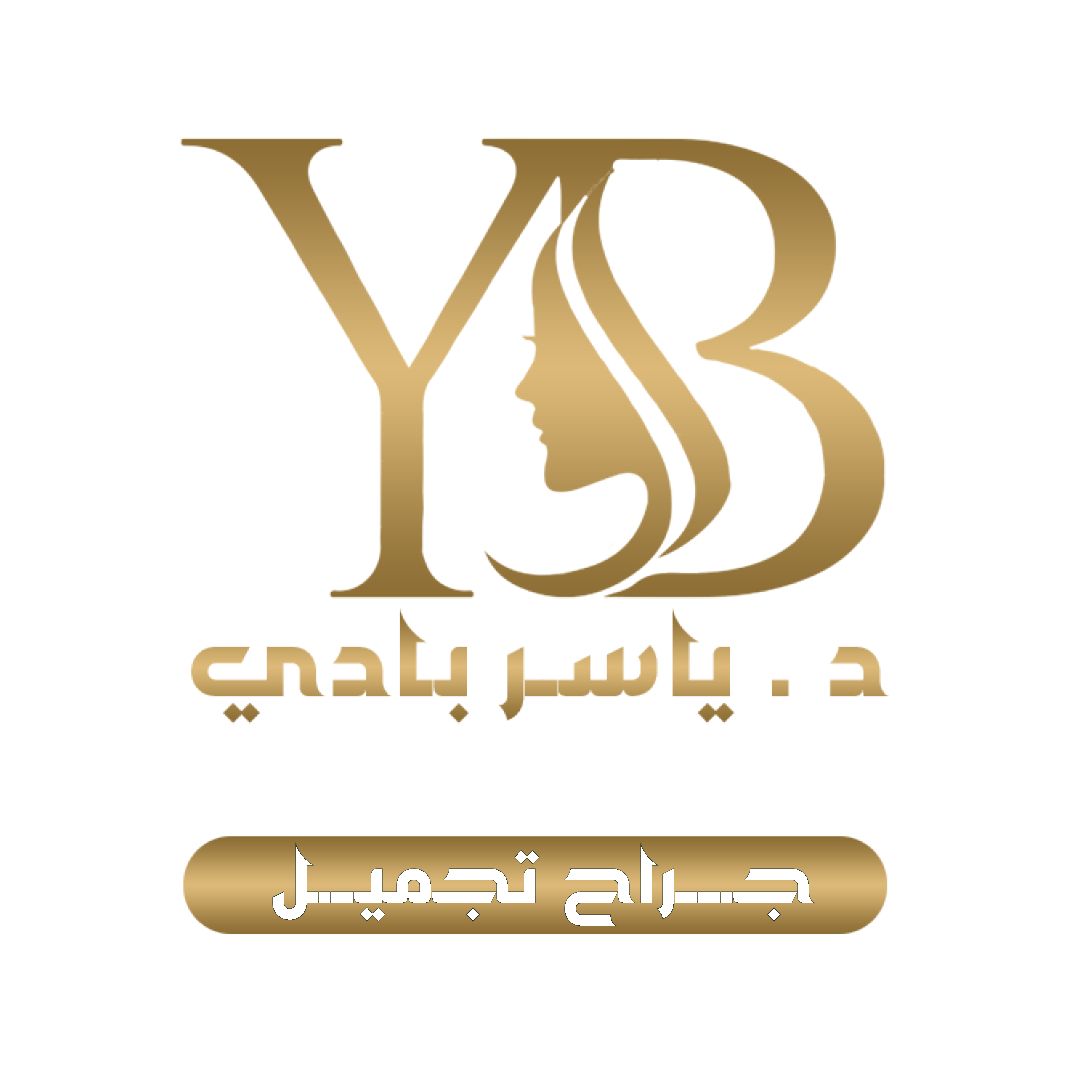Many people think that Rhinoplasty is nothing but a luxury, as they consider each of the operations of enlarging and reducing the nose to be completely unimportant, and this is of course not true, in addition to the importance of the aesthetic aspect in increasing self-confidence, but it must be noted that cosmetic operations are not limited to the aesthetic aspect only, but that these operations often address some important problems such as the deviation of the nasal septum.
عناصر المقال
ToggleWhat is Rhinoplasty?
Rhinoplasty is the process of modifying and changing the shape and structure of the nose, and it is also sometimes called the process of reshaping the nose, as the main purpose behind the procedure is to increase the harmony and consistency between the nose and the rest of the facial features, which makes us say that it is largely an aesthetic purpose, but it In some cases, Rhinoplasty treats some breathing problems and disorders, as well as nasal obstruction, resulting from deformities or defects in the structure of the nose.
Candidates for rhinoplasty
Several factors are taken into consideration to determine whether the procedure is suitable for the patient or not, as the most important of these factors are:
- The facial bones are healthy and do not have any kind of deformity.
- When the growth of the facial bones is complete, Rhinoplasty cannot be performed during childhood or adolescence.
- The patient is in good health.
- The patient should also not be a smoker, as smoking increases the chance of complications for this operation and increases the expected recovery time for the operation.
- The patient should have an aspiration for realistic results, as he must be ready to accept the change in his face as a result of this operation.
Pre-Rhinoplasty Guidelines
There are several tips and procedures that the patient must follow before performing the procedure, to obtain the desired results and avoid any complications during the procedure. These procedures are:
- The patient undergoes some laboratory analyses three weeks before the operation and also does an electrocardiogram.
- Refrain from consuming any foods or drinks for not less than 8 hours in case of undergoing total anesthesia in Rhinoplasty.
- The patient’s abstinence from taking any medications that may cause blood thinners or delayed clotting two weeks before the operation.
- The need to avoid consuming alcoholic beverages in the period before and after the operation.
- Not taking painkillers such as aspirin and other drugs that contain ibuprofen.
- Not taking vitamin E, and the patient should start taking vitamin C daily in quantities not less than 1000 mg per day.
- Stop smoking or taking nicotine.
Rhinoplasty procedure steps
includes undergoing several important steps that the doctor performs with great skill and precision, namely:
- First, the doctor uses local anesthesia for the patient, so that he feels complete numbness in the facial area, while in the case of the patient if he is a child, full anesthesia is used at that time.
- The doctor makes an incision in the skin of the nose from the outside and then removes it to expose the bones.
- The doctor’s skill and experience come at this stage, as he reshapes and corrects the nasal bone.
- In some cases, the doctor adds cartilage, or removes extra bone from the nose, as this depends on the needs of the case.
- Within two hours, the surgeon finishes the operation, but some complex cases need a little longer.

Rhinoplasty results
- After the procedure, the patient looks forward to obtaining the desired results immediately after the operation, but Dr. Yasser Badi confirms that seeing the actual results of the operation takes place within a year of the surgery and after the complete disappearance of swelling in the nose area.
- The patient must have realistic expectations about the operation, and the person must also be ready to accept this major change in the shape of the nose.
- The recovery period that follows Rhinoplasty is very important, as it must be dealt with complete care and follow all the instructions and advice provided by the attending physician, and some problems may arise as a result of not following the medical instructions specified by the doctor accurately after the operation.
Dr. Yasser Badi’s advice after Rhinoplasty
Dr. Yasser Badi provides a set of tips and instructions for those patients who have undergone the procedure, to reduce bleeding and swelling resulting from Rhinoplasty, where the following instructions must be followed:
- Use an SPF 30 sunscreen when outside, especially on the nose area.
- Avoid vigorous activities such as aerobic sports and jogging.
- Do not use eyeglasses including sunglasses on the nose for at least four weeks after the procedure to prevent pressure on the nose.
- Take a tub bath instead of a shower while the bandages are on.
- Use cheek pads or stick glasses to the forehead when needed and until the nose area recovers.
- Do not blow your nose.
- Gently brush your teeth to reduce upper lip movement.
- Do not pull clothes such as shirts or sweaters over the head.
- Eat foods rich in fiber, such as fruits and vegetables, to avoid constipation.
Types of rhinoplasty
There are several types of rhinoplasty, where the doctor chooses the appropriate type for the patient’s condition from one of the following types:
1- Open rhinoplasty
- The surgeon makes a small incision in the lower part of the tip of the nose, which is complete to the internal parts and structure of the nose.
- This technique relies on the extensive alteration to mask the incisions in the focal parts of the nose.
2- Closed Rhinoplasty
- In this type, the doctor makes incisions inside the nostril, as this process is suitable for those people who want a lot of detailed changes on their noses.
- Also, this is characterized by the absence of scars after the treatment phase.
3- Tiplasty
- depends on the deformed area and not the nasal slit. In this type, the doctor works to change the shape of the tip of the nose without affecting its structure.
- This method is suitable for those people who do not suffer from many problems with their nose and do not want to have any change except in the tip of the nose.
Some complications of Rhinoplasty
There are some possible complications when performing the procedure, but these complications are reduced once the appropriate doctor is chosen, and among these complications are the following:
- Constant numbness and tingling in the nose.
- breathing problems.
- Nose bleeding.
- Scars and permanent effects on the face.
Dr. Yasir Badi explains that if you are not satisfied with the results of Rhinoplasty, then it is possible to wait at least a year before performing Rhinoplasty again.


